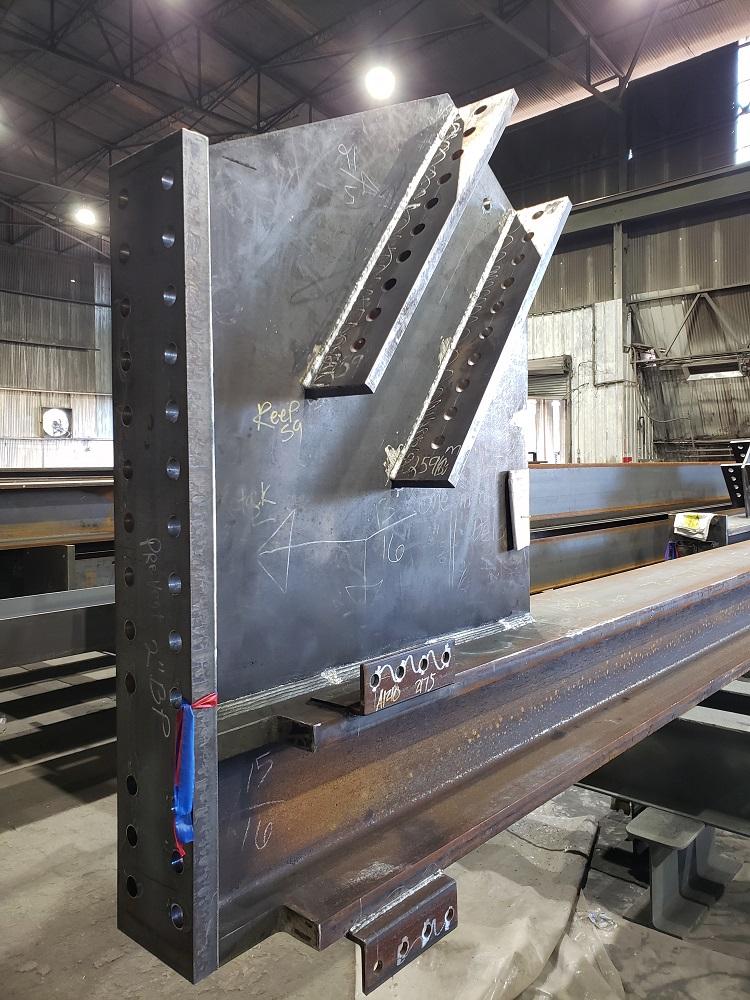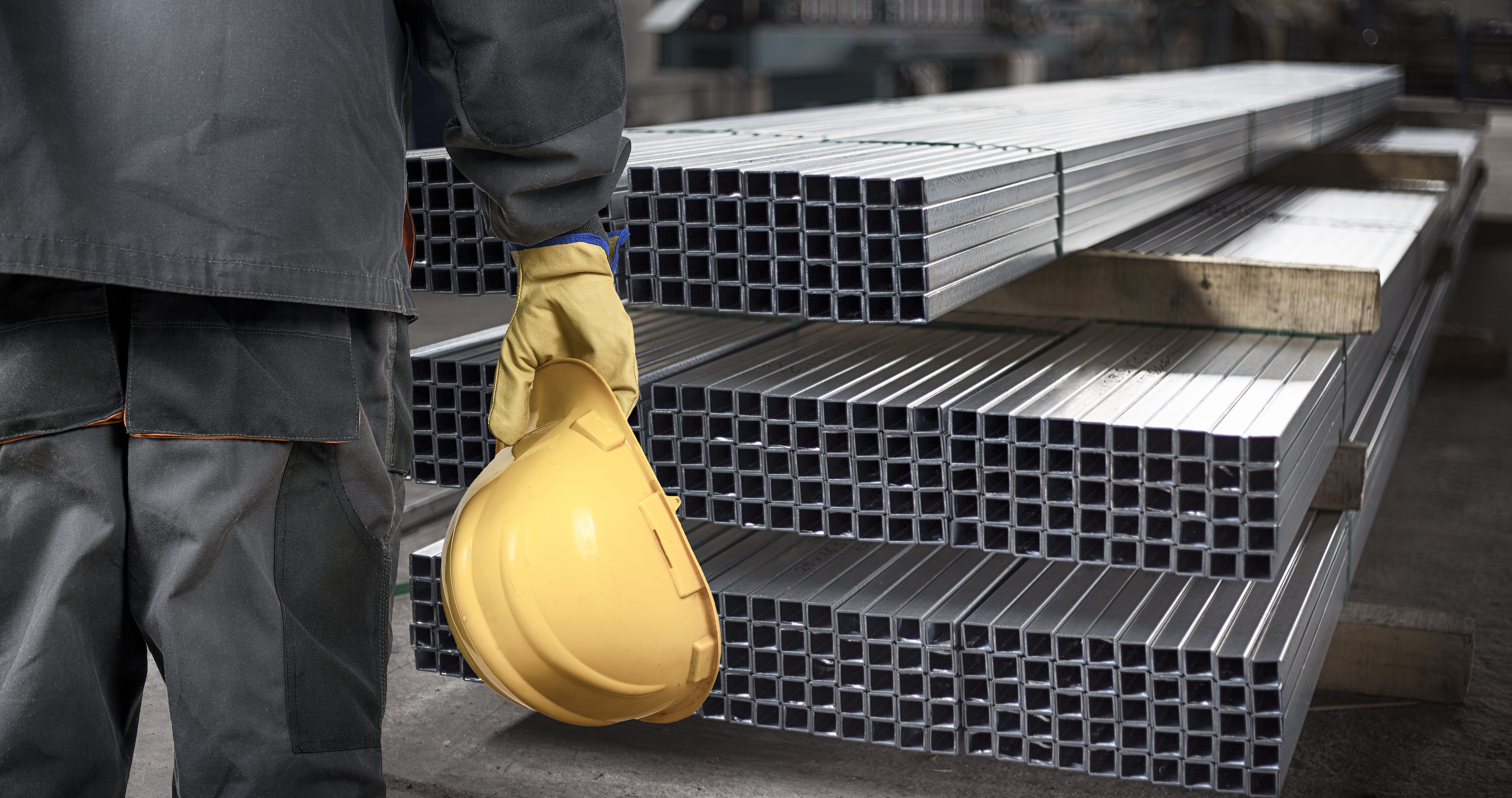Why Alpha Reo Is the Top Selection for Steel Reinforcement
Why Alpha Reo Is the Top Selection for Steel Reinforcement
Blog Article
Comprehensive Analysis of Cutting-Edge Techniques in Steel Manufacture Sector
As the steel fabrication industry continues to develop, the assimilation of sophisticated strategies has actually ended up being important for staying affordable and meeting the needs of modern-day production requirements. In this vibrant sector where modern technology plays a crucial duty, recognizing the nuances of these sophisticated methods is not just a choice yet a need for those looking to build in advance in the ever-evolving world of steel construction.
Laser Cutting Advancements
In the realm of steel manufacture, laser cutting improvements have revolutionized the precision and efficiency of metal shaping procedures. By harnessing the power of focused laser beam of lights, suppliers can now achieve unequaled levels of precision when puncturing different kinds of steels. This technology allows complex styles to be performed with very little material wastefulness, making it a cost-effective service for markets needing high precision components.
Among the crucial advantages of laser cutting is its capacity to manage a variety of materials, consisting of stainless-steel, light weight aluminum, and carbon steel, effortlessly. The procedure creates tidy, burr-free edges, getting rid of the requirement for added ending up steps. The non-contact nature of laser cutting minimizes the danger of material contamination, resulting in greater quality end items.
Furthermore, laser reducing makers can be programmed to make swift, accurate cuts, considerably lowering manufacturing time contrasted to traditional cutting techniques. This rate and precision make laser reducing particularly ideal for automation settings where performance is extremely important. As modern technology continues to advancement, laser cutting is positioned to play a progressively essential role in the steel construction sector.

CNC Machining Innovations
The evolution of CNC machining innovations has ushered in a new era of precision and efficiency in the steel construction sector. Computer Numerical Control (CNC) makers have actually transformed steel construction by using exceptional precision and repeatability in the manufacturing process. steel fabrication melbourne. Among the vital technologies in CNC machining is the combination of advanced software systems that make it possible for real-time monitoring and changes, bring about enhanced productivity and quality assurance
In addition, the development of multi-axis CNC equipments has actually permitted for the fabrication of complex steel elements with intricate designs that were formerly challenging to produce. These makers can carry out a vast array of machining operations, consisting of milling, exploration, turning, and grinding, all with high degrees of accuracy.
Furthermore, the consolidation of automation and robotics in CNC machining has streamlined production processes, minimized preparations, and decreased the margin of mistake. This integration of innovative modern technologies not just enhances efficiency yet additionally guarantees consistent top quality throughout all made steel components. In final thought, CNC machining technologies continue to drive advancements in the steel construction sector, establishing brand-new standards for accuracy and efficiency.
Automated Welding Technologies
Automated welding innovations have changed the steel manufacture market, boosting performance and accuracy in the welding process. These cutting-edge technologies make use of computer-controlled systems to automate the welding process, leading to higher productivity degrees and enhanced weld quality. Among the crucial benefits web link of automated welding is the capability to execute intricate welds with regular accuracy, reducing the probability of mistakes and revamp.
Robot welding systems are at the forefront of automated welding modern technologies, providing unequaled speed and accuracy. These systems can handle a wide variety of welding tasks, from straightforward to complex, effortlessly (metal fabrication melbourne). By utilizing innovative sensing units and software program, robotic welders can adapt to variations in material and joint geometry, guaranteeing an uniform and trusted weld
Moreover, automated welding technologies boost work environment safety by reducing the exposure of human welders to dangerous fumes and extreme heat. As the steel fabrication sector remains to evolve, incorporating automated welding modern technologies will be important for companies wanting to stay affordable and satisfy the expanding demands for high-grade welded products.
Robotics Assimilation in Manufacture
Utilizing robot systems in manufacture procedures has ended up being a critical approach for boosting performance and accuracy in contemporary click to read more production environments. Robotics integration in steel fabrication offers a myriad of benefits, including raised productivity, improved quality assurance, and enhanced security steps. These innovative robotic systems are geared up with sophisticated sensing units and programming capabilities, allowing them to do detailed tasks with a high level of accuracy and repeatability.
Among the vital advantages of robotics assimilation in steel fabrication is the capability to automate repeated tasks, such as material handling, cutting, welding, and assembly procedures. This not just speeds up production cycles but additionally lowers the danger of human error, leading to greater general product high quality. Furthermore, robotics can run 24/7, significantly boosting production outcome and conference limited job target dates.

3D Printing in Steel Production
Having revolutionized the steel construction sector with robotics assimilation, the expanding expedition of 3D printing in steel manufacturing is poised to more development the realm of contemporary production techniques. 3D printing, likewise recognized as additive production, provides unmatched style flexibility and intricacy, making it possible for the production of complex steel structures that were previously unattainable with traditional production approaches. By utilizing computer-aided style (CAD) software program, manufacturers can precisely manage the layer-by-layer deposition of steel material, resulting in parts with improved geometries and functionalities.
One of the crucial advantages of 3D printing useful source in steel production is its capacity to minimize material waste dramatically. Unlike subtractive manufacturing procedures where excess product is cut away, 3D printing only utilizes the necessary quantity of steel required for the final component. This effectiveness not only causes cost financial savings however also aligns with lasting manufacturing methods by reducing ecological influence.
In addition, 3D printing allows quick prototyping and personalization, permitting the production of little sets of complex steel elements with brief lead times. As the technology continues to grow and become more accessible, its combination right into mainstream steel manufacture procedures is expected to drive technology and effectiveness across the industry.
Verdict
In verdict, the steel construction sector has actually seen significant innovations in techniques such as laser cutting, CNC machining, automated welding, robotics combination, and 3D printing. These innovative modern technologies have transformed the means steel items are manufactured, leading to boosted cost-effectiveness, accuracy, and performance. Proceeded investment in these ingenious techniques is important for the industry to remain affordable and meet the demands of modern production procedures.
As the steel manufacture industry proceeds to evolve, the combination of sophisticated techniques has become vital for remaining competitive and meeting the demands of modern manufacturing standards.One of the essential benefits of laser cutting is its capability to handle a wide variety of products, consisting of stainless steel, light weight aluminum, and carbon steel, with simplicity.Automated welding modern technologies have changed the steel fabrication market, enhancing performance and accuracy in the welding process.Having actually revolutionized the steel fabrication industry through robotics combination, the growing expedition of 3D printing in steel production is positioned to more advance the world of modern production techniques.In verdict, the steel fabrication sector has seen considerable improvements in methods such as laser cutting, CNC machining, automated welding, robotics assimilation, and 3D printing.
Report this page